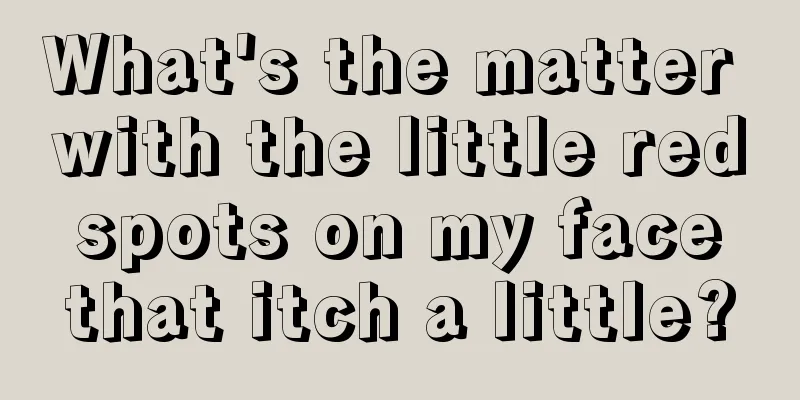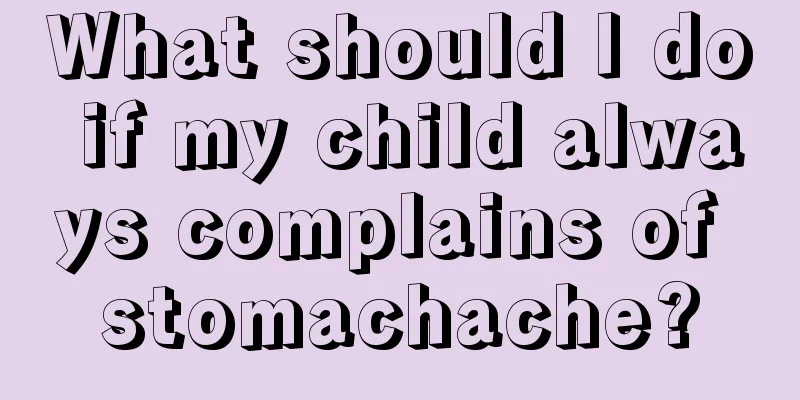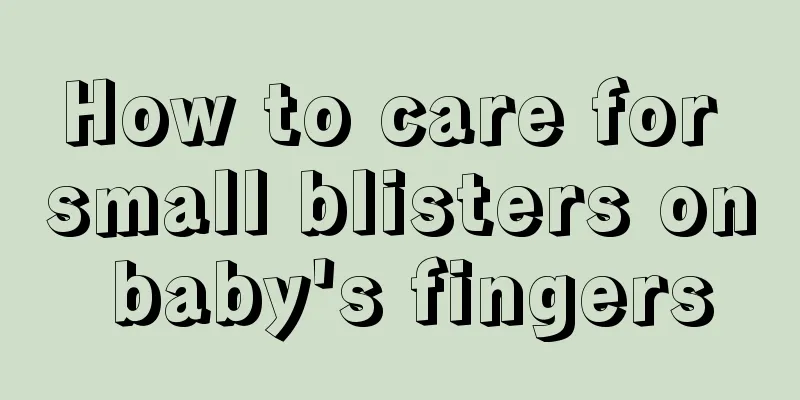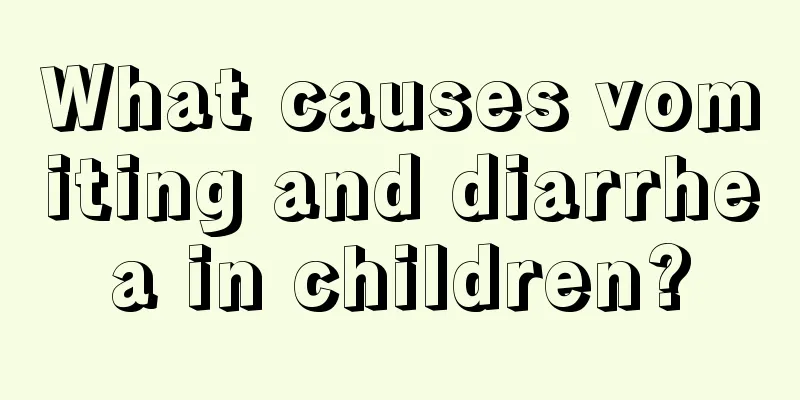What to do if a child's front teeth grow crooked
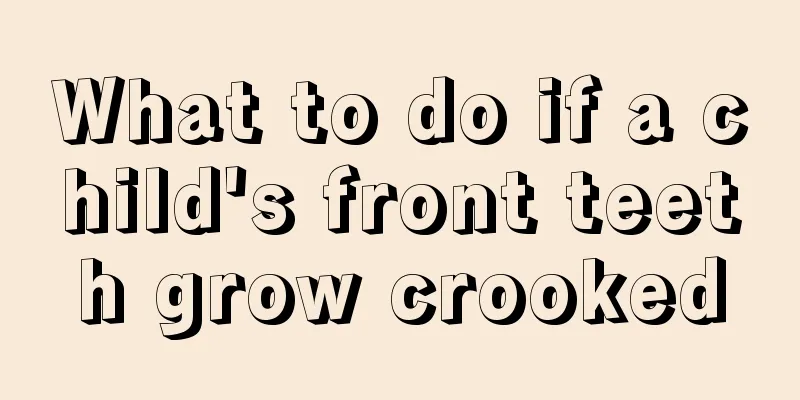
|
The incisors can be said to be the gateway to the teeth. When we open our mouths, the first thing we see is the incisors. Healthy front teeth look good, but many parents find that their children's front teeth are crooked. There are many reasons for this, and it may be related to the fact that the deciduous teeth have not fallen out. The specific solution should be determined based on the child’s situation. So, what should we do if children’s front teeth grow crooked? Let’s take a look below. What should I do if my child's front teeth grow crooked? An expert with many years of oral clinical experience pointed out that based on your description, the reason why your child's front teeth are crooked is related to the fact that the deciduous teeth have not fallen out. It is recommended that you take your child to a regular hospital to take a dental X-ray first, and then receive symptomatic treatment based on the specific examination results. Generally speaking, as children's teeth grow slowly, crooked teeth may improve, but it does not mean that the teeth can grow to the ideal degree. If a child's teeth do not grow to the ideal length, parents may consider taking their children to a regular hospital to correct crooked teeth when they are around 14 years old. Many parents are very anxious when they see their children’s front teeth growing crooked, worrying that it will affect their children’s future work and life. In fact, pushing teeth with hands is also a better choice. Parents are advised to encourage their children to push their teeth with hands after meals. Children will feel slight pain at first, but the feeling will ease after adapting for a period of time. Generally speaking, you should push hard at least three times a day, each time for about an hour (the longer the time, the better the effect). Experts remind: Although the hand-pushing teeth method is a good choice, it is almost difficult to persist for an hour a day because children have poor self-protection and restraint abilities. It is recommended that parents spend more time with their children after get off work to complete the task together. Parents should be reminded that the manual teeth pushing method can only temporarily play an auxiliary role and does not mean it can truly replace orthodontic treatment. Children still need to receive treatment when they reach the appropriate age. Issues that children should pay attention to during their tooth replacement period As we grow older, the deciduous teeth have completed their tasks and fall out on schedule, and the permanent teeth will erupt in the position of the deciduous teeth. The baby's deciduous teeth are replaced around the age of 6 to 12, and then three permanent molars grow behind the last deciduous tooth, for a total of 32 permanent teeth. It is normal for some people to not have third molars. Primary school students are in the period of tooth replacement. In order to avoid tooth decay, malocclusion and other oral diseases, they should pay attention to the following issues: 1. Maintain oral hygiene. You should brush your teeth every morning and evening, and master and use the correct brushing method to thoroughly remove food residues and keep your mouth clean. 2. Improve nutrition and develop good eating habits. Pay attention to the intake of calcium, phosphorus and fluoride in the diet, and provide vegetables and fruits rich in fiber. Do not eat too much sweets and candies. It is best to eat less sugar cane, especially when the small permanent teeth are just erupting. Do not eat sugar cane and eat less hard food. 3. Discover and correct bad habits early. Such as sucking fingers, sticking out tongue, licking teeth, biting pencils, chewing on one side, biting lips, etc. 4. During the child's tooth replacement period, parents should frequently check whether the teeth that should be replaced in the child's mouth have erupted on schedule, and whether the adjacent unerupted teeth are tilted, displaced, or have deformed teeth. If any problems are found, parents should take the child to the hospital for treatment in time. If necessary, ask the doctor to take a panoramic oral X-ray to understand the arrangement of all teeth. |
<<: There is a big gap between the baby's upper front teeth
>>: The gap between the front teeth of the child is large after the replacement of teeth
Recommend
What is minimally invasive hernia surgery?
Generally, newborns or the elderly are more likel...
When should children brush their teeth?
Teenagers and children with uneven teeth are ofte...
Why does my baby have dry cough in summer?
The weather is relatively hot in summer, especial...
What are the reactions of children when feeding?
The breastfeeding period is the favorite stage fo...
Why does my baby sweat on his chest when he sleeps at night?
Sweating while sleeping, also known as night swea...
What are the effects of general anesthesia on children?
If a child needs to undergo general anesthesia, p...
How to treat gastroesophageal reflux symptoms in babies
Gastroesophageal reflux disease is more common in...
Fast weight loss for children
In modern families, children and the elderly are ...
How to solve the problem of slow growth and development of children?
I believe many people have heard of the disease o...
Lumbar pain in children
We know that lumbar pain mostly occurs in adults,...
My baby's hair is sparse and grows slowly. Do you know how to solve this problem?
Parents will be worried once they find that their...
Newborn baby has rash on face and head
Babies have delicate skin and are prone to variou...
What to do if your child grows slowly
When children are growing up, parents are very wo...
What is the reason for children to cough up yellow phlegm?
When suffering from a severe cold, patients usual...
How to quickly whiten a tanned child?
Many families are worried that their children wil...

